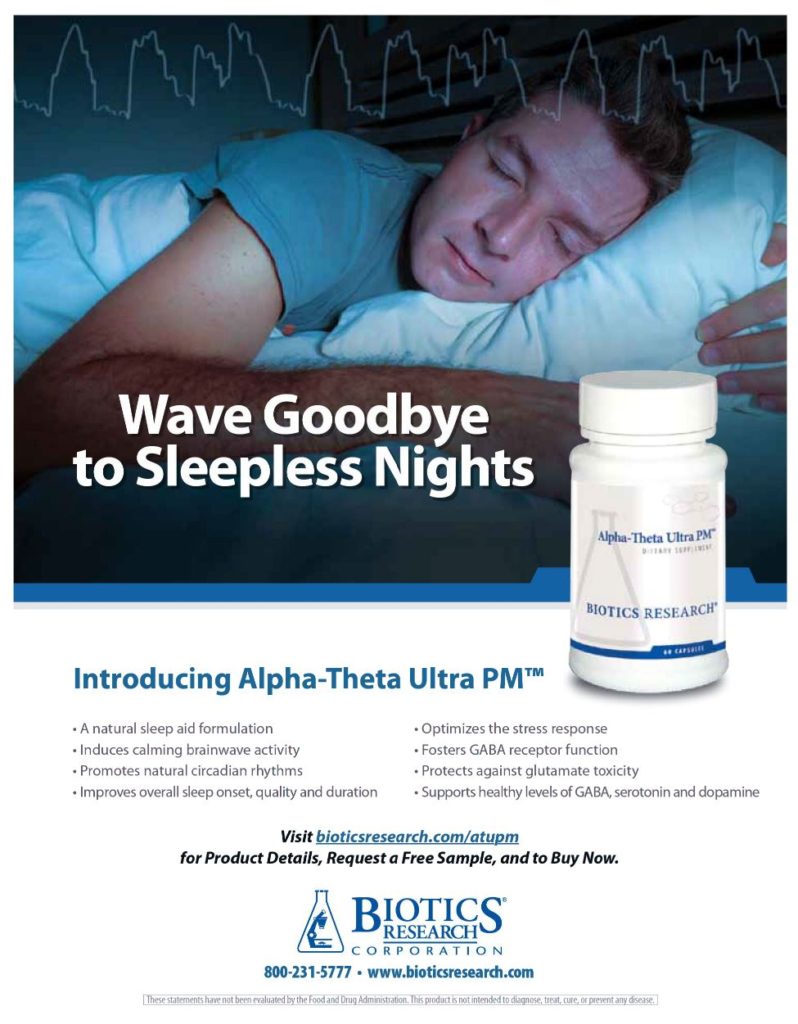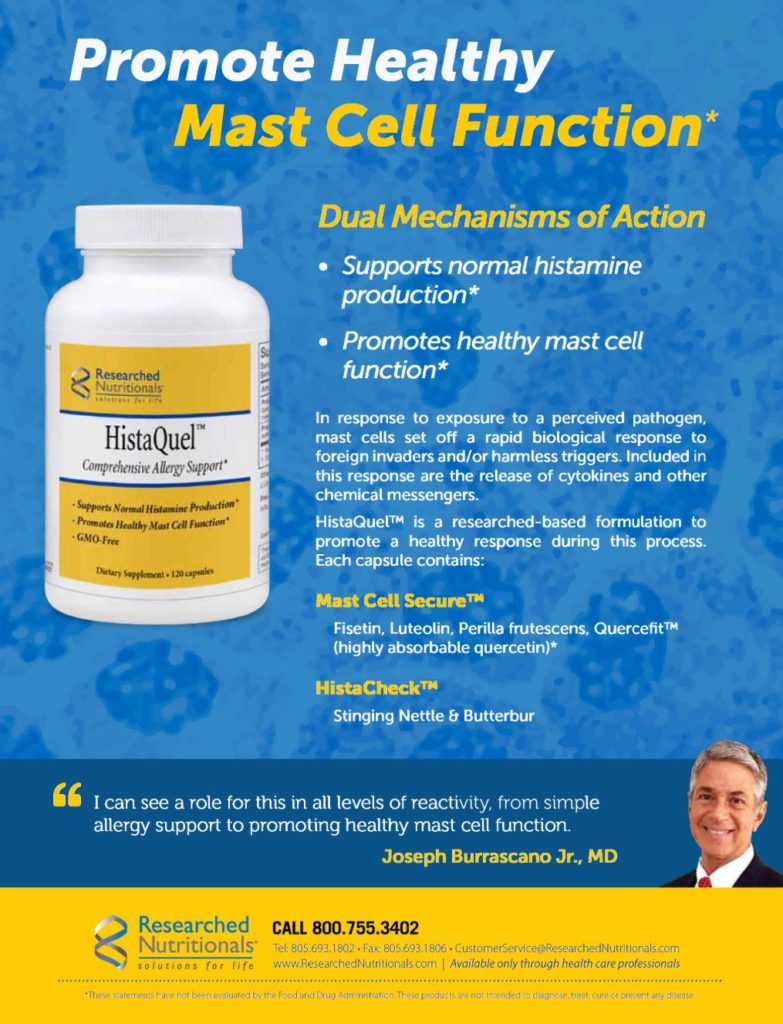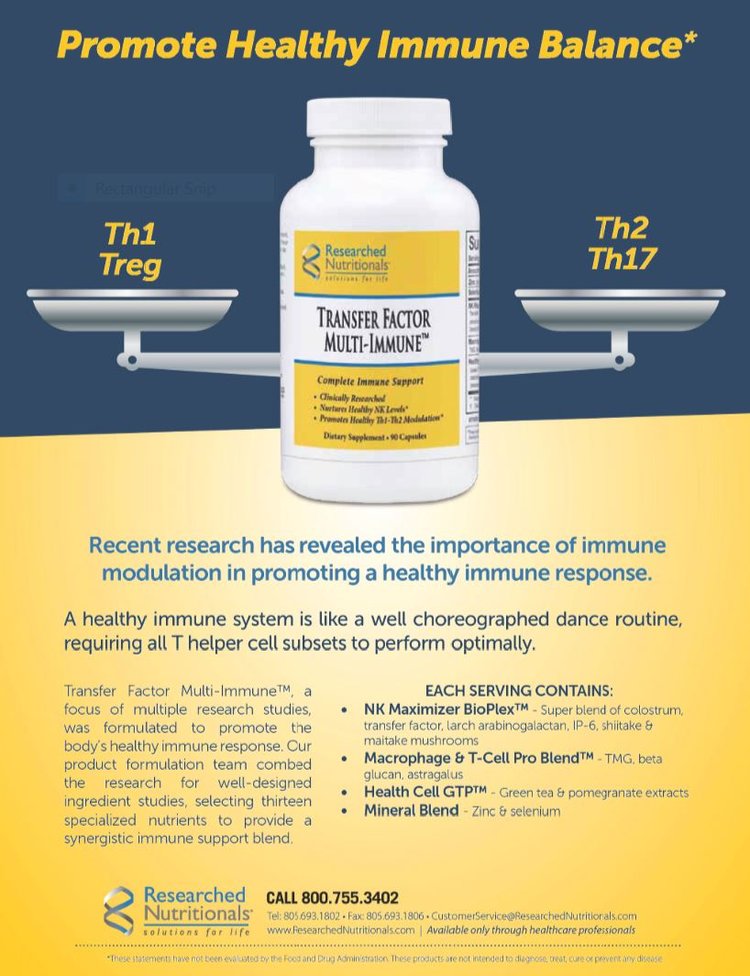
Convention Notes
The American Association of Naturopathic Physicians (AANP) held its annual conference in Portland, Oregon, in August. That was very convenient as it provided me the opportunity to hobnob with some of our writers and fellow practitioners while I could pass the evening with my daughter who lives there. She had just given birth, so we were celebrating our first grandson. I had the pleasure to meet in person our “curmudgeon” columnist, Dr. Jacob Schor, who I had become quite close to virtually through all the email correspondence regarding his writing and activities over the past few years. I also had the opportunity to chat with John Thoreson, a long-standing representative and consultant for US Biotek, Pharmax, and J.R. Carlson, ever-present at innumerable medical meetings. John had recently retired, but he was not sparing of his insightful and incisive comments about the nutritional supplement manufacturers and laboratory testing companies; both of which have ethical and not-so-ethical participants. Whether it was a harbinger of the times or the timing of having a meeting in the dog days of August, the turnout was lighter than expected, both for the practitioners as well as the exhibitors.
I was happy to see that Jacob provided his observations of the conference, which appear later in these pages. He didn’t comment about his lecture, which was very avidly attended and offered – like his curmudgeon column – many pearls of wisdom. In his June 2019 column, Schor discussed the archeological find of barrels of vanilla made in the Middle East. Apparently, the traders of yore appreciated the nutritional as well as healingaspects of vanilla, not a local spice.
Curcumin breaks down metabolically into vanillin. So, could we just imbibe vanilla to achieve anti-inflammatory nirvana? Not so fast. Digestion of ordinary vanilla does not offer any anti-inflammatory benefit. Schor proposes that we develop a liposomal form of vanilla to preserve the vanillin; however, such a formulation does not yet exist.
At another talk Rick Mayer, ND, proposed that less thyroid treatment is more effective for hypothyroidism. His first point of controversy was that an elevated TSH need not be treated. Mayer is not so much a fan of the old-timer, Broda Barnes, MD, who advocated for using basal body temperature as a means of making a diagnosis. Mayer prefers doing a full thyroid panel, including reverse T3 as well as thyroid antibodies. Instead of immediately treating low T3 and T4, he suggests making the patient exercise more and consider stress reduction. The fact that the TSH is markedly elevated may represent insulin resistance rather than hypothyroidism. Mayer approaches patients with insulin resistance recommending the use of nutrients such as iodine, selenium, zinc, and amino acids. His book, The Blood Code, offers insights on how to treat the patient without immediately rushing to hormone replacement. Do we need to reconsider our thyroid prescribing habits?
Instead of Treating Fibromyalgia, Should We Be Asking the Patient to Explore the Stressor Behind the Pain and Fatigue
We receive quite a few unsolicited articles sent by email or snail mail, but it is unusual to be personally delivered one by the author. In this case, Rob Rennebohm, MD, a Cleveland Clinic retired rheumatologist who recently relocated to my hometown of Port Townsend, told me about an article he wrote, not for publication but for review and use in the office. When I agreed that I would be very interested in reading his work, he delivered it the next day – his home being only blocks away. I was imagining that a report from a rheumatologist would be quite technical, replete with references, presenting clinical reports and some small experimental study. No, Dr. Rennebohm’s article was nothing of the sort. Instead it was his working hypothesis as to the explanation of why children and adults experience fibromyalgia as well as chronic pain. He attributes much of the fatigue and pain as a natural physiologic reaction of the body to protect one from stressors that are not being addressed. Rob believes that our physiology generates the painful, tiring symptoms as an alarm system telling us to wake up and do something about what is bothering us, which we had been ignoring and denying.
In Dr. Rennebohm’s experience the pain and fatigue of fibromyalgia, a term he dislikes and does not use, is much more severe than the symptoms experienced with active rheumatoid disease. Patients and their family members are baffled by the staggering level of fatigue and pain, and they consult with specialists expecting a definitive diagnosis. All too often the laboratories are normal with no diagnosis forthcoming, but oftentimes there is an anti-depressant or anti-seizure medication prescribed. Failure to make a diagnosis only aggravates the symptom intensity. Rennebohm argues that the first job of the physician is to explain to the patient that physiologically we react to stresses, not directly addressing them but passively stuffing them within ourselves. Realistically it takes time and deliberate explanation expressed delicately for the patient and family to hear and understand how a stressor can be the source of pain. But Rennebohm asserts in this issue that for many patients not only is this a path to getting better but, for those who honestly explore it, one capable of reversing their fatigue and pain.
Isn’t It About Time That “Kinesiology” Evaluation and Treatment Be Given Some Respect?
Not a few of my patients employ “kinesiology” or “muscle testing” as a means to justify or verify the use of supplements. It has always been a vexing moment when I would make a recommendation to use a certain supplement after careful assessment of the case, for the patient to naysay it based on muscle-testing. Accepting the notion that energetic testing is neither bizarre nor beyond the province of acceptable medical practice, I gladly agreed to look at alternative therapeutic options. Energetic medicine or otherwise, patients are no longer wanting to be treated as though their condition is to be managed following the recipe in the medical text. Given the choice of using a drug or an herbal or a homeopathic, most alternative medicine patients opt for non-drug approaches. Hence, basing treatments solely on evidence-based medicine is no longer striking an acquiescent chord; but selecting a treatment course needs its own evidence, and for many patients and practitioners that evidence is based on some form of kinesiology.
For most MDs and NDs, kinesiology has always caused one to experience a mix of sheepishness and queasiness. The idea that one can demonstrate a change in muscle strength while testing a supplement or diagnosing a food allergy or determining the placement of a chiropractic adjustment for a subluxation has always appeared more fitting for a carnival sideshow rather than a medical office. Criticism has been directed at the possibility that the “intent” of the tester, be it consumer or practitioner, may create biased interference with testing. George Goodheart, DC, Jr. is generally recognized as the practitioner who founded the principles of applied kinesiology. Dietrick Klinghardt, MD, PhD, modified Goodheart’s technique designing a system that he called autonomic response testing (ART). Other practitioners, such as Savely Yurkovsky, MD, have created their own methodologies touting that their approach is superior in diagnostic and therapeutic capability. In this issue Patrick LaRiccia, MD, MSCI, research director at the University of Pennsylvania, examines autonomic response testing and what he broadly labels whole person system of medical care. LaRiccia and associates examined the medical literature, which not surprisingly is definitely limited. He provides case studies demonstrating the role ART can play in demarking effective diagnostic and therapeutics. Their overall assessment is that ART and related systems provide effective options not considered in standard-of-care Western medicine. LaRiccia calls for more research, especially by the naturopathic and functional medicine community.
Slouchers Are Not Going to Like This
Don’t you hate it when you objected to your mother’s criticism of your behavior, and it turns out that her nagging was spot-on, and your caterwauling was dead-wrong? Such is the case when we have been told “don’t slouch.” Erik Peper, PhD, BCB, at the Institute for Holistic Health, San Francisco State University in California and associates did research to determine how good posture compared to slouching impacts our health. Most of the benefit accrued to emotional health: confidence, happiness, productivity, positiveness, energy, appreciation, focus, and strength. However, improvement was also noted in neck, shoulder, and back pain as well as eye comfort. Peper’s study used a posture feedback device alerting subjects to whenever they would slouch. Wearing such a device enabled the individual to quickly change posture whenever they slouched. As would be expected, those wearing the device for 15 minutes daily experienced important emotional and physical health changes. Peper and associates write in this issue about identifying triggers associated with slouching, providing the opportunity for individuals to not only change their posture but behavior as well.
Cover Story: How Doctors Create Nutrient Depletion by Prescribing Medications
The pharmaceutical world has been churning out new drugs at a fast and furious pace over the past decade. Biologic response modifiers have completely upended the devastating pathology of many autoimmune diseases and related disorders – rheumatoid arthritis, lupus, scleroderma, psoriasis, vasculitis, and many more respond dramatically to these new drugs. A wide range of new drug agents offer the endocrinologist a great many options rather than dependence on insulin and metformin for managing diabetes. Multiple sclerosis now can be managed with the use of a diverse array of new drugs. Yet, nothing has changed about the risk that a drug is capable of causing significant adverse effects. No matter how beneficial a drug agent may be, it is typical that it will create at least one and generally more than one minor or major side effect. The problem for most patients is that degenerative disease and aging disorders frequently require the use of multiple drug agents. We concern ourselves with the interaction that may take place between the drugs as well as drug-food interactions and drug-nutraceutical interactions. What we don’t concern ourselves with is the plain depletion of nutrients through long-term use of drug agents.
In this issue Ross Pelton, a pharmacist, nutritionist, researcher, and well-respected author, writes about drug-induced nutrient depletions. Ross became interested in this topic in 1997 when he read a book on this topic by a Cornell physician written in 1976. What Pelton discovered was the fact that a drug that can cause a deficiency in vitamin B6 or CoQ10 was not of interest to most researchers or practitioners. Of course, major nutrient depletions from drugs were concerning to doctors – the loss of potassium using a diuretic led to the clinical protocol of always prescribing a potassium agent when using furosemide. However, physicians neglect to consider that furosemide also leads to magnesium and calcium depletion as well. A great many drug agents deplete pyridoxine; but for reasons that are not entirely apparent, its reduction while using the tuberculosis drug, isoniazid, seemed to be of greater urgency than with other pharmaceuticals, such as oral contraceptives.
When Ross began to do research on drug-induced nutrient depletion, he found that it was not a topic of particular interest to the medical schools nor the drug companies. Of course, why would a pharmaceutical manufacturer want to prove that its drug caused nutrient deficiencies? So, Pelton began to dig into the literature, and thousands of hours later he put together a compilation in 1999 entitled The Drug-Induced Nutrient Depletion Handbook. The book is now out-of-print. But he is putting together for the readership an e-chart available to all free of charge.
Next month Ross will examine how drugs disrupt the microbiome.






